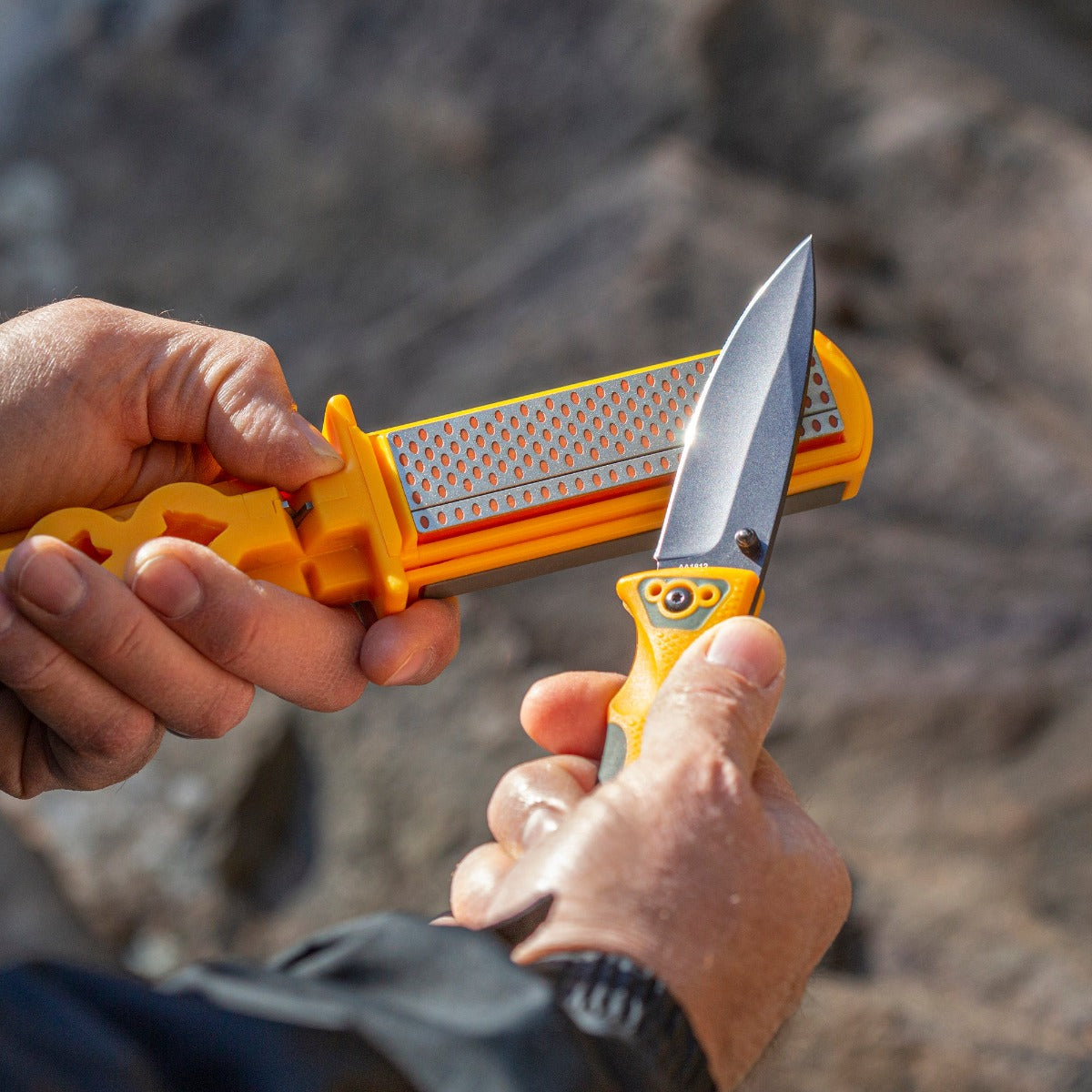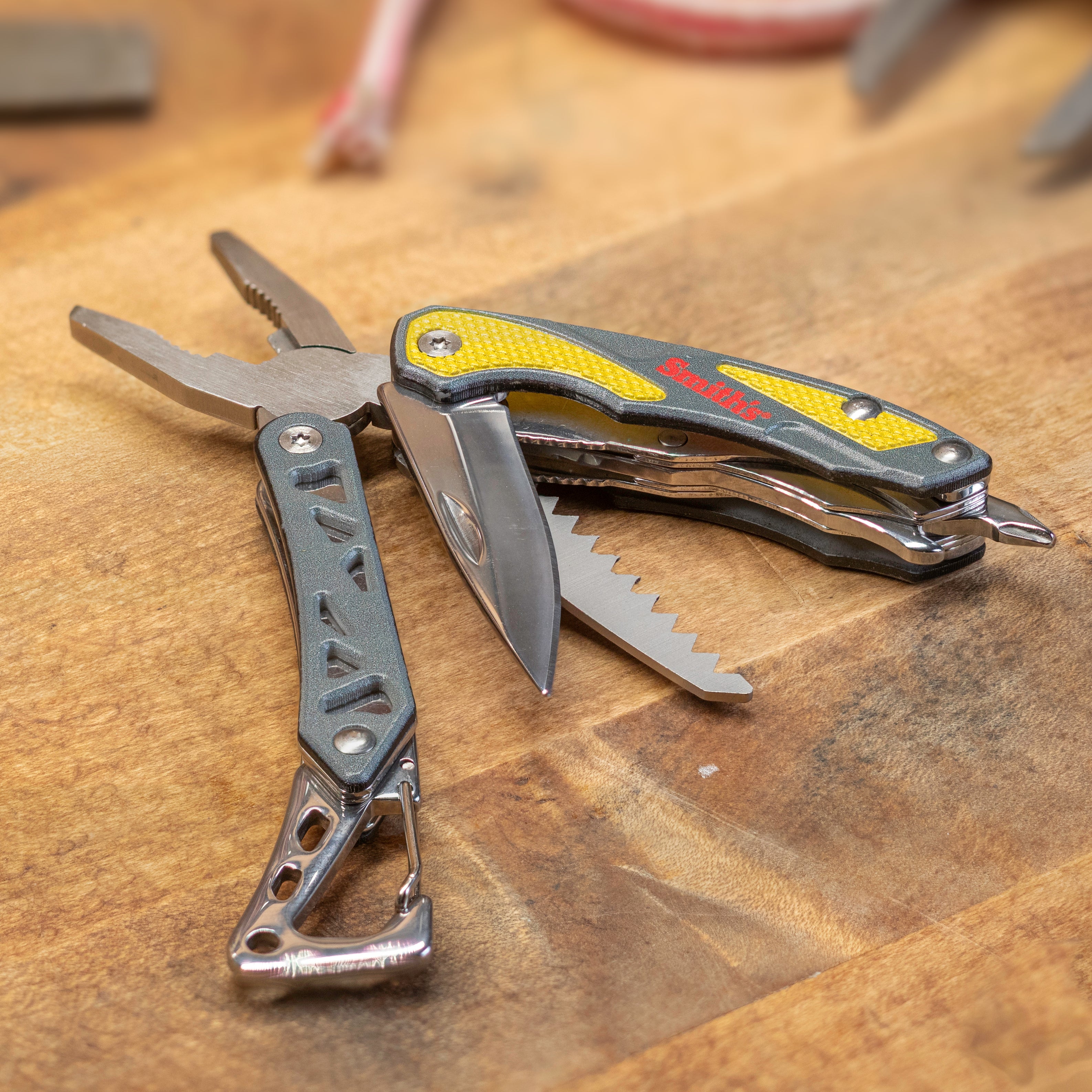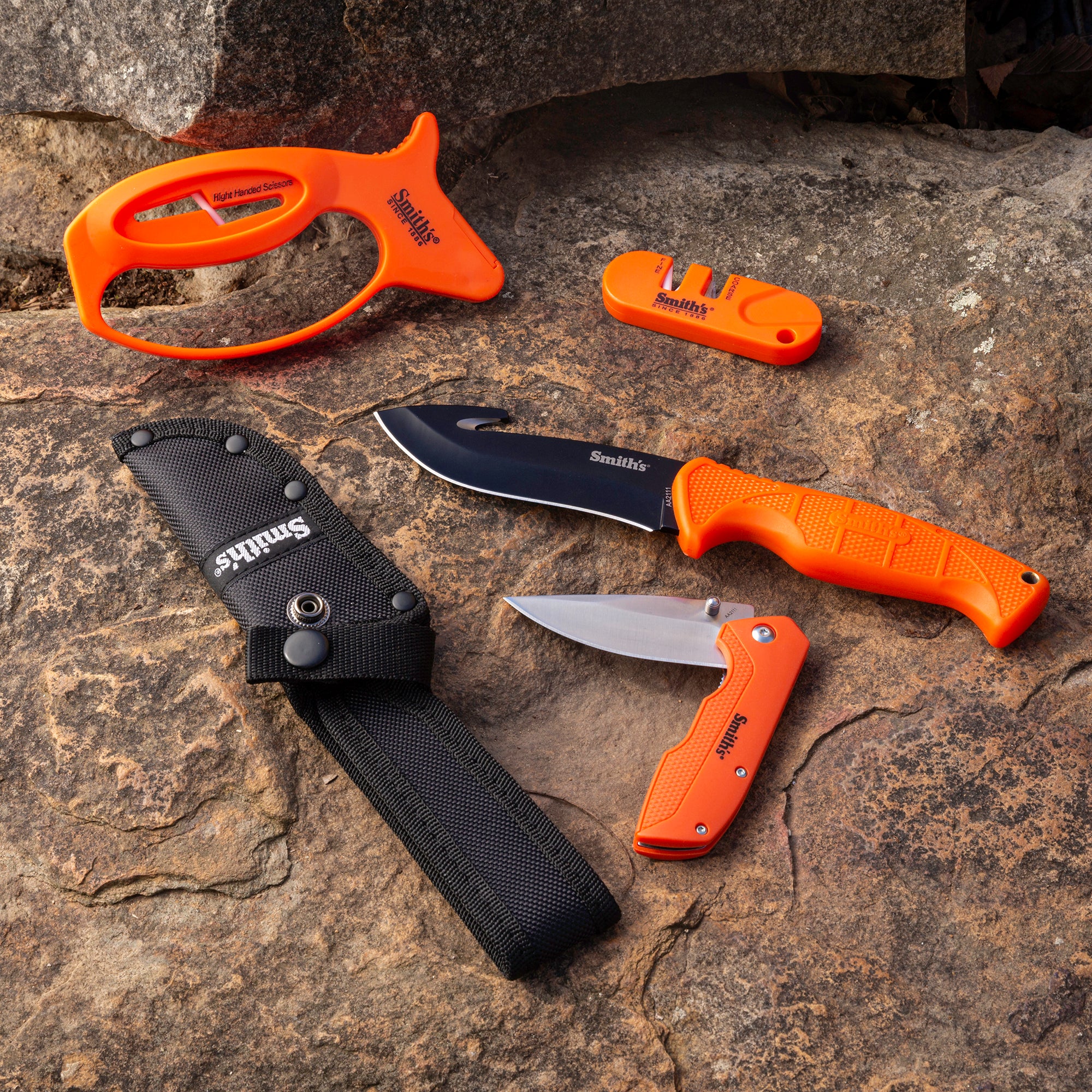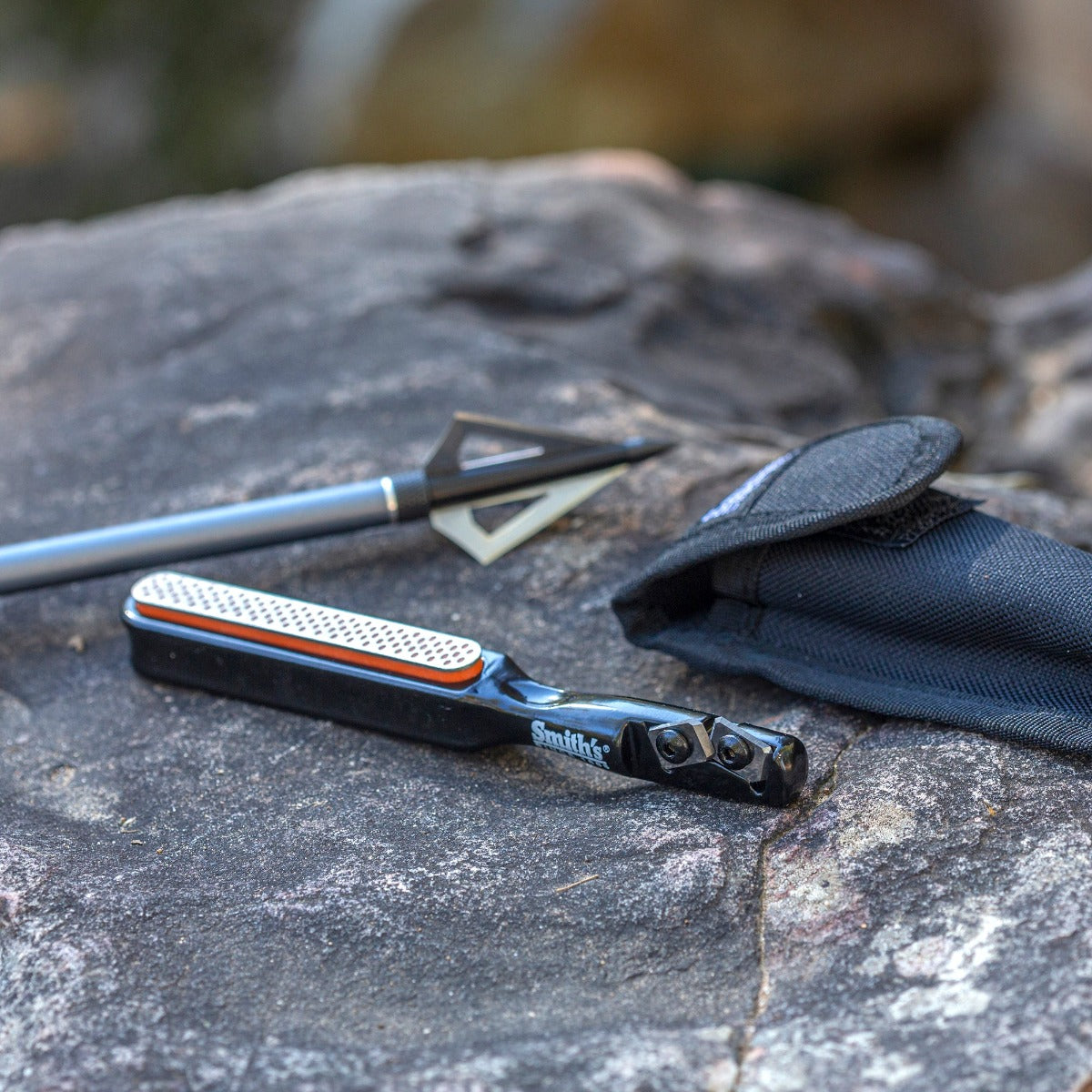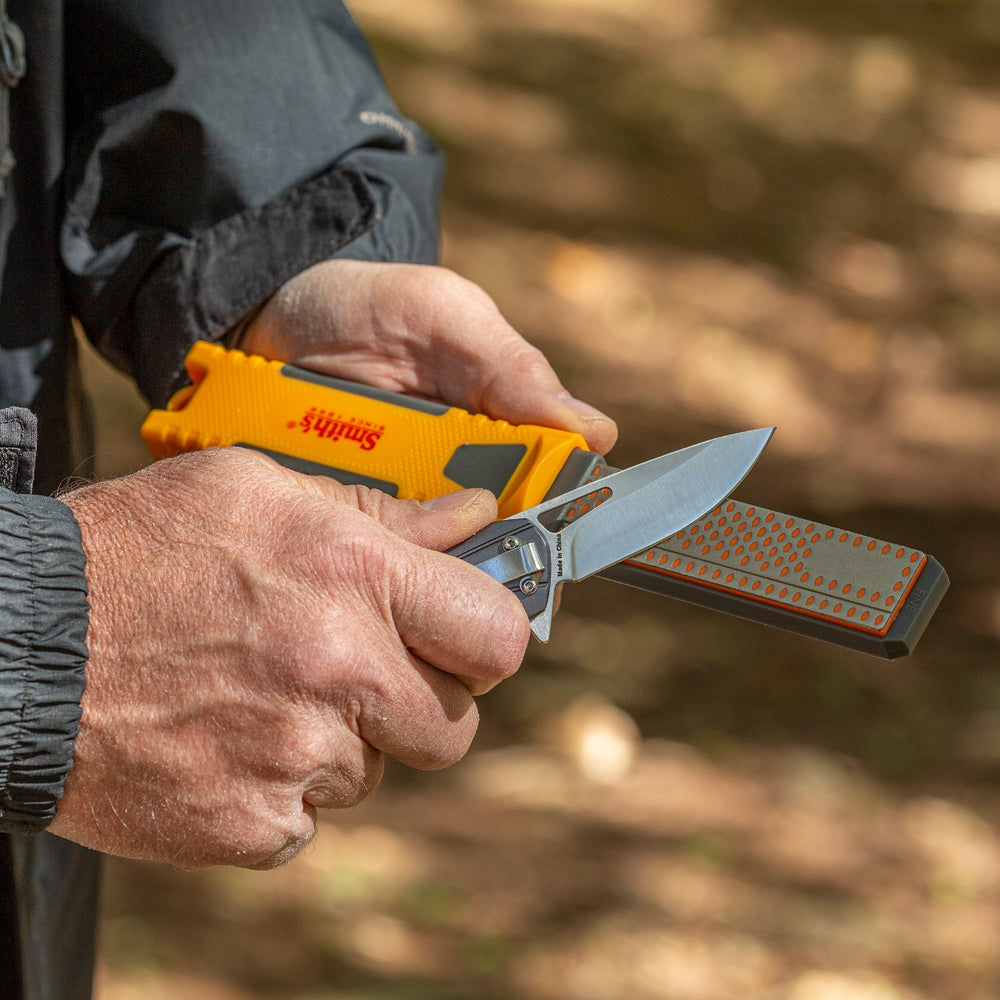Case Skinning for the Fur Market
As a trapper by profession and hobby, I have skinned thousands of animals and during this time, I have made a lot of mistakes. But along the way, I have learned a thing or two about how to skin animals for the fur market. With only a few exceptions, all animals are skinned by a method called case skinning.
Learning how to properly handle your fur after a day’s catch can make all the difference in making a profit or losing hard-earned cash.
I remember vividly the first coyote I case skinned. It took me over an hour and a half to skin that animal. Today, I can do it in about 3-5 minutes. Do not get discouraged. You get better and faster with time and experience. For beginners, try and find a seasoned trapper to help and assist you with your first animals. Having hands-on experience flattens the learning curve. It does take some learning, but it is not difficult, and once perfected is a real fast way to prepare your fur.
So how is this done? Let’s break it down to keep it simple.

PROPER TOOLS
It all begins with the proper tools. Skinning begins with a good-quality knife. Trappers are finicky about their knives and what size and type of edge they prefer. Some prefer a serrated edge, others a razor blade, while still others like a sharp-curved edge like the Smith’s Consumer Products EdgeSport Skinning Knife. This style is a personal favorite and one that has helped me through a lot of furs. Holding a keen edge and fast to resharpen, I want a lightweight knife with a long cutting surface. Another good knife to have available is a small 4” filet knife like the Smith’s Consumer Products Bait Breaker filet knife. This knife, with a sharp point and short blade, is also helpful for the tight places and delicate areas around the eyes, ears, and lips.
A good fur comb is essential. Cleaning the fur before you skin is essential to no miscuts or holes. Removing the dirt, burrs, and mats from the fur before you begin will make life so much easier.
A gambrel to hang your animal is as essential as a knife, in my estimation. Some will skin on a table, but I have seen that being able to hang your animal by the feet is faster, safer, and all-around better. Personally, I like a small chain-style gambrel to hang smaller mammals from. The choker chain is fully adjustable, and the harder I pull, the tighter it gets.
Next is a tail stripper. Removing the bone from the tail is essential, and this little tool makes it a breeze.
Last is PPE. Yes, even in this field, proper personal protective equipment is a must. Surgical gloves, either in latex or nitrile, are a must to protect you from animal-borne diseases. A full-length rubber apron is also wonderful to keep the blood, dirt, and other fluids off of your clothes. Last is rubber boots to protect your feet. This type of protection is inexpensive but makes your life so much easier and cleaner.

SKINNING
What is case skinning? Case skinning is basically done by hanging the animal by its back feet. Spread the feet as far apart as possible and begin by making a cut around the feet or ringing the feet. This cut is just above the actual foot but below the first joint. Many trappers prefer a full serrated knife for this cut, such as the Lawaia Serrated Ceramic Baitbreaker Knife. This sharp blade will hold its edge against these difficult dulling cuts.
Next, make a cut from foot to foot along the inside of the legs. Go past or around the anal vent and to the other foot. This one cut is the only cut you make in the hide of the animal. Now begin to peel the hide towards the head making cuts as needed. Split the tail about 1-2 inches, and then, using the tail stripper, grip the tail bone firmly and pull, the tail bone will slide right out of the skin leaving a clean tail.
After making this cut, you invert the hide and skin along the body to the tip of the nose keeping the ears, eyelid, and nose intact. Special care should be taken around the eyes, being careful not to enlarge the eye holes in the fur. This takes practice and is not a deal-breaker but does hurt the value of some. When complete, you should have a hide that is in the shape of a tube.
While this sounds easy enough, and with practice it is, each animal poses certain skills and techniques compared to other animals. For instance, a raccoon has a lot of fat and a relatively thick hide that pulls off rather easily, while a fox has paper-thin hide and can tear easily and must be removed delicately. Remember, you will make mistakes. You will cut the fur in places. This is just part of it.
One tip: the sooner you can skin your animal after dispatch, the easier the fur comes off the animal. A cold or frozen animal takes a lot longer to skin than a fresh one. Many trappers are now skinning in the field and carrying all their equipment with them. Personally, I prefer doing it all at home.
If you still are not sure, remember, YouTube is a great resource for showing how to skin animals. The platform is littered with tens of thousands of people showing how to skin animals. While this is helpful, it is not hands-on. Getting an animal and skinning it is how you learn. If you can skin a raccoon, you can skin a coyote, and if you can skin a coyote, you can skin a fox, and so on.
At the very least, consider joining your local trapper’s association and get help there as well. Support the cause and help one another.


